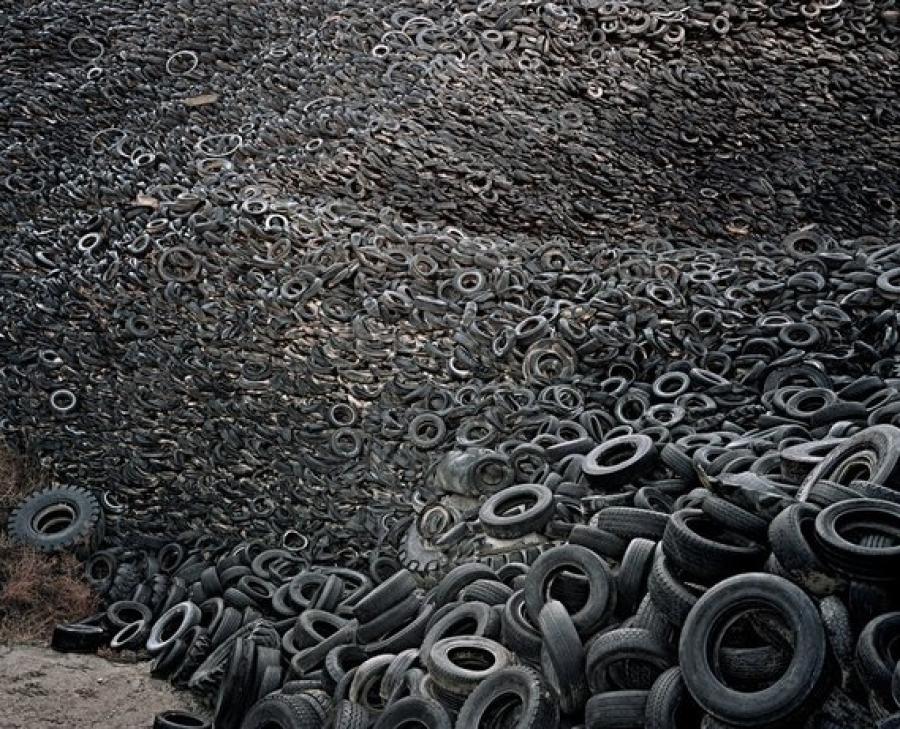
Mon March 27, 2017
Giles Lambertson
The rubber tire industry keeps rolling or bouncing along. Some 200 million vehicle tires are purchased each year in the U.S. alone, with tires being replaced every three years or so. All of which means that a lot of tires are being discarded each year… somewhere.
The good news is that they are being seen with less frequency in the usual places—alongside rural roads, in rundown neighborhood lots, outside abandoned warehouses, and hanging from ropes on a tree. Actually, that last example—tire swings—is part of the good news: Tires are being repurposed today as never before and piles of scrap tires are slowly disappearing.
According to the Rubber Manufacturers Association, only 70 million discarded tires remain to be cleaned up. That sounds like a lot, of course, but a quarter century ago there were a billion of them littering the land. Furthermore, nearly half of bald and punctured tires are now being consumed as fuel for cement manufacturing and paper-making. Another quarter of them are being ground up for sport surfaces and rubber modified asphalt.
What can the heavy equipment industry do to hasten the demise of scrap tire piles? Find a local scrap tire collection and processing company—and use it. Some companies on monster tires that carry behemoth surface mining machinery. Other areas are more likely to have companies that primarily deal with highway and smaller OTR tires. Contractors with rubber-tired fleets have options.
The incentive to eliminate tire scrap gained new momentum after the emergence of the Zika virus threat. Rubber tires are virtually impervious to the elements. They seemingly last forever and collect rainwater. Warmed by the sun, they become wonderful breeding places for mosquitos. How many mosquitos can emerge from a discarded 40-inch-wide earthmover tire? You don't even want to think about it. —CEG Blogger
 Truck and Trailer Equipment
Truck and Trailer Equipment Articles
Articles Email Updates
Email Updates Sell Your Machines
Sell Your Machines

 Truck and Trailer Equipment
Truck and Trailer Equipment Truck and Trailer Dealers
Truck and Trailer Dealers Truck and Trailer Articles
Truck and Trailer Articles Email Updates
Email Updates Sell Your Machines
Sell Your Machines